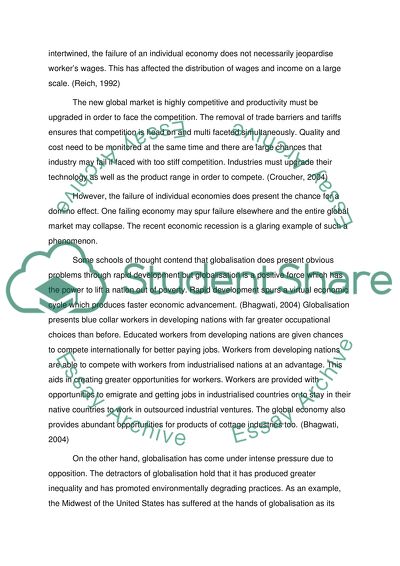Cite this document
(“Internationization Of Economies Essay Example | Topics and Well Written Essays - 1750 words”, n.d.)
Retrieved from https://studentshare.org/macro-microeconomics/1430308-internationization-of-economies
Retrieved from https://studentshare.org/macro-microeconomics/1430308-internationization-of-economies
(Internationization Of Economies Essay Example | Topics and Well Written Essays - 1750 Words)
https://studentshare.org/macro-microeconomics/1430308-internationization-of-economies.
https://studentshare.org/macro-microeconomics/1430308-internationization-of-economies.
“Internationization Of Economies Essay Example | Topics and Well Written Essays - 1750 Words”, n.d. https://studentshare.org/macro-microeconomics/1430308-internationization-of-economies.


